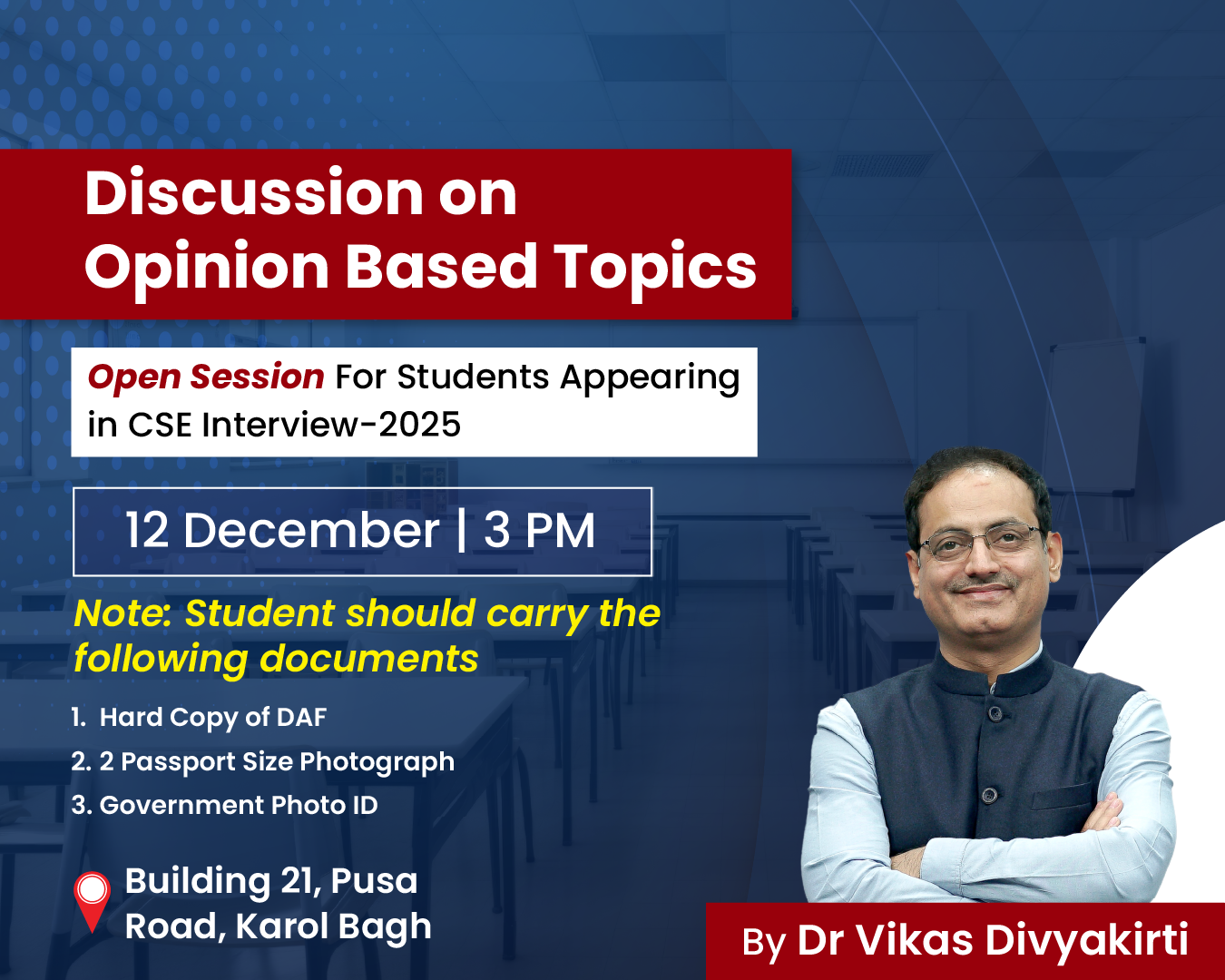-
16 Jul 2025
GS Paper 3
Economy
Day 27: "The location of food processing industries in India is largely determined by agricultural patterns and infrastructure." Examine the factors influencing their spatial distribution and suggest ways to ensure balanced regional growth. (250 words)
Approach:
- Begin by introducing the link between agriculture and food processing industries.
- In body examine the factors influencing the location of food processing industries and propose measures for ensuring balanced regional growth.
- Conclusion suitably.
Body:
Factors Influencing the Spatial Distribution of Food Processing Industries:
- Proximity to Raw Materials: The availability of agricultural produce is a key factor in the location of food processing units. ‘
- States like Punjab, Uttar Pradesh, and Maharashtra are the primary food processing hubs due to their rich agricultural base, including wheat, rice, fruits, and vegetables.
- These regions offer a steady supply of raw materials that make food processing units more viable.
- Infrastructure and Connectivity: Adequate transportation networks, such as roads, railways, and ports, significantly influence the location of food processing industries. Mumbai and Kolkata, for example, benefit from port access, facilitating exports of processed food.
- Moreover, well-established cold storage and logistics networks are essential for perishable products.
- Energy Availability: The availability of electricity and sustainable energy is vital for running food processing units, especially energy-intensive operations like freezing and refrigeration.
- States like Gujarat and Maharashtra have developed industries due to reliable power infrastructure.
- Government Policies and Incentives: Government initiatives, such as the Pradhan Mantri Kisan Sampada Yojana (PMKSY), which has a budget of ₹6,000 crore, and the Production Linked Incentive Scheme (PLISFPI), encourage investment in specific regions.
- The establishment of Mega Food Parks in agriculturally rich areas facilitates plug-and-play setups, making it easier for entrepreneurs to establish processing units.
- Labor Availability: Areas with abundant, low-cost labor attract labor-intensive food processing industries. Bihar and Uttar Pradesh have witnessed growth in food processing due to the availability of low-cost rural labor.
Ensuring Balanced Regional Growth:
- Infrastructure Development in Underdeveloped Areas: To ensure balanced growth, the government should focus on developing cold chain logistics, roads, and power supply in underdeveloped areas, which can attract food processing units to less industrialized regions.
- Policy Support and Subsidies: Extending PMKSY benefits to underdeveloped states with tailored incentives, subsidies, and easier access to credit facilities will ensure that food processing industries are not concentrated in a few states.
- Agro-Based Clusters and Regional Specialization: Promoting agro-processing clusters in specific regions that focus on one district, one product (ODOP) could ensure localized value addition.
- For example, states like Kerala can focus on spices and coconuts, while Madhya Pradesh can specialize in millet processing, thereby boosting regional employment and reducing inequalities.
- Private Sector Investments: Encouraging Private-Private Partnerships (PPP) in less-developed areas through favorable policies will lead to enhanced technological adoption and efficient resource utilization, helping create sustainable food processing ecosystems.
- Skill Development: Government initiatives such as skill development programs should focus on training the rural workforce in modern food processing techniques, helping local entrepreneurs scale their businesses and improve regional productivity.
Conclusion:
India’s food processing industry is shaped by agricultural patterns, infrastructure, and government policies. To ensure balanced growth, the government must focus on improving infrastructure, expanding policy incentives, and promoting regional specialization. By adopting these measures, India can achieve inclusive growth and reduce regional disparities in the food processing sector.





